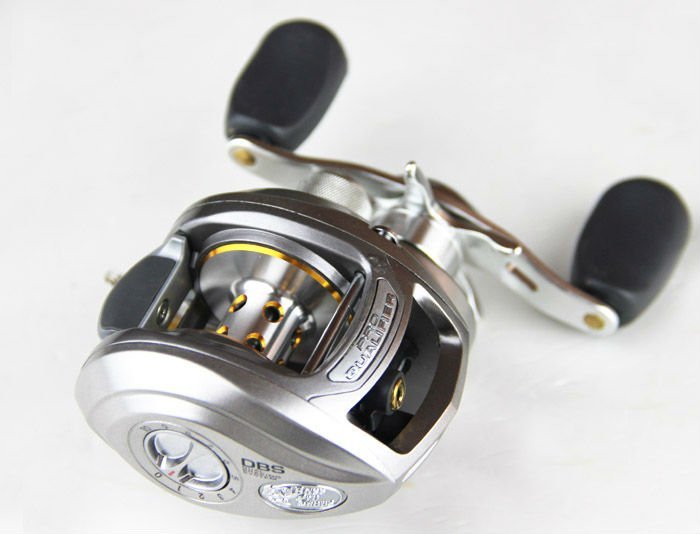Basic Guide to Common Fishing Gear

Fishing is one of the most productive ways to secure food during a survival situation. While all you really need is a line, stick, hook and some bait, having the right gear on hand can make your time on the water more productive. Let’s take a beginner’s look at basic items that make up standard fishing gear so you can obtain items that are most applicable to your survival plans.
Rods

There are few factors to consider when choosing the right fishing rod. You want to look at the action, stiffness and style. The stiffness relates to how easy the rod bends down to a 90 degree angle once a weight is attached. Smaller, more flexible rods are intended for catching smaller, lighter fish than their larger counterparts. Firm or stiff rods are designed to provide strength and rigidity that is necessary to reel in large game fish. However, you can use stiff rods for small fish as well.
The action refers to how well the rod responds to forces when catching a fish or casting a line. Generally speaking, rods with soft action help to distribute forces that reduce the chances of the line or rod breaking under stress. Hard action rods are firmer and less forgiving. There are also rods that fall across the spectrum between hard and soft. The idea is to find one that best matches your style, the type of fish you are catching and bait that you use. Live or soft baits will stand a better chance of staying on the hook as it is cast.
You can also choose between a wide-array of designs and material that range from segmented rods to those that are telescopic or in one piece. Take some time to experiment, talk with some experienced anglers or dealers and test a few out before you decide on one over the other.
Reels

There are three basic reels to choose from: Spin casting, spinning and bait casting reels. Spin casting reels are the ones that are enclosed and have a push button release. They are the easiest to set up and use. They are also less prone to tangling, very forgiving and casts tend to be long and straight. They are also much more maintenance free than the other two. They can also handle heavier and thicker line, which makes them very versatile.
Spinning reels are the open faced ones that hang beneath the rod. You flip a bar in order to cast a line. The action is usually very smooth, but adjustable. You can adjust the tension and it gives you some flexibility when optimizing resistance based on the fish that you have caught. They also require a little bit of practice in order to get a feel for how to cast a good line. They are also intended for lighter line, less than 10lb test, and they are excellent for casting into the wind.
Bait casting reels are cylindrical and open faced. They are designed for heavier lines and big-game fishing. They are also very susceptible to tangling and bunching if the spool spins faster than the speed of the line as it is being cast. You see a lot of these reels on deep-sea or big lake fishing expeditions.
Line

Fishing line is categorized by its thickness, flexibility and strength. This is called the test line. It is rated in pounds, such as 6lb test or 20lb test. This does not mean that this is the biggest fish that you can catch on the line without it breaking. Rather, it is the amount of force, in pounds, that the line can withstand. Therefore, you can catch larger and heavier fish with lighter weight line if they don’t fight or resist a lot, or if the pole is designed to absorb some of the forces. The trick is to learn how to tire out a fish and reduce their ability to resist as it is being reeled in. This will reduce the amount of force and allow you to haul in huge fish on a small line. Generally speaking, you should be able to catch most lake and river fish with no more than a 10lb test line in most cases. Use heavier line for bigger fish and lighter line for small ones such as bluegill and catfish.
Remember that each of these components contributes to the overall characteristics of the entire system. It’s important that you consider the rod, reel and line when putting together a good fishing pole. You also want to consider the conditions in which you are fishing, the amount of abuse it will endure and the type of fish you are setting out to catch. However, putting together a good system and getting the right gear isn’t hard either, and the learning curve is really simple.
Just make sure to pay attention to these and other factors as you get started. Don’t be afraid to ask questions and do a little bit of experimentation. Having a nice, durable and effective fishing rig will be worth its weight in gold out in the field, and it can also help to avoid the need to improvise during a survival situation.
